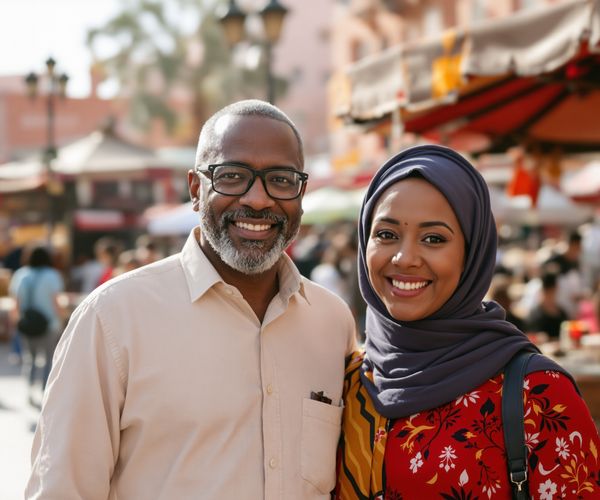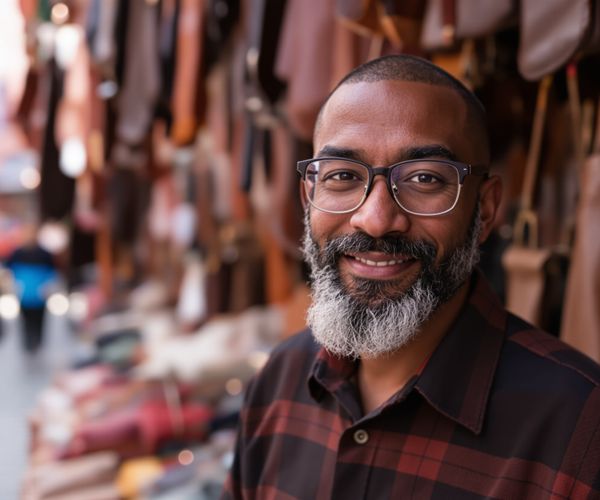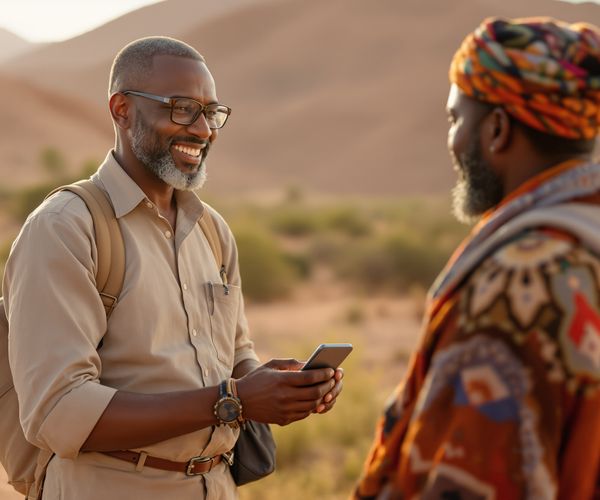As a Nigerian who has called Canada home for many years, I've learned that travel is more than just seeing new sights; it's about understanding and respecting the cultures you encounter. One of the most immediate ways we communicate respect is through our clothing. Join me as I share some insights on how to navigate different cultural dress codes while staying true to your personal style and comfort.
Research is Key: Understanding Cultural Norms Before You Pack
Before you even think about zipping up your suitcase, do your homework. Understanding the cultural dress codes of your destination is paramount. This isn't just about avoiding a fashion faux pas; it's about showing genuine respect for the local customs and traditions. Cultural norms reflect a culture's history, values, traditions and climate.
I remember one trip to Southeast Asia where I assumed my usual travel attire would be fine. I quickly realized that shorts and sleeveless shirts, while comfortable in the tropical heat, were considered inappropriate in many temples and more conservative areas. It was a humbling experience, and it taught me the importance of thorough research. Now, I always consult travel guides, cultural blogs, and websites like Evendo to get a sense of what's considered acceptable. Don't hesitate to look for specific advice related to the places you intend to visit; a general guideline might not cover all situations.
Versatility is Your Friend: Building a Travel Wardrobe
When it comes to packing, versatility is your best friend. Focus on building a travel wardrobe with pieces that can be easily dressed up or down, depending on the occasion. Think in terms of a capsule wardrobe where each item can be mixed and matched to create multiple outfits.
Some of my go-to items include lightweight scarves (perfect for covering shoulders or heads when needed), neutral-colored separates like chinos and t-shirts, and lightweight layers such as cardigans or linen shirts. These items are not only versatile but also practical. Opt for wrinkle-resistant and easy-to-maintain fabrics like merino wool, nylon blends, or treated cotton. Brands like Uniqlo and Bluffworks offer a range of travel-friendly clothing that combines style and functionality. These materials will allow you to pack light and keep you looking fresh even after long travel days.
Blending In: Respectful Ways to Incorporate Local Styles
Once you arrive at your destination, take some time to observe the local fashion. Pay attention to what people are wearing in different settings – on the streets, in markets, and at cultural events. This will give you a better understanding of the local style and help you identify opportunities to respectfully incorporate it into your own wardrobe.
One of my favorite ways to connect with a new culture is by shopping locally and supporting local artisans. Look for unique pieces that reflect the local aesthetic, such as a hand-woven scarf or a locally designed shirt. You can also customize your existing clothing with local textiles or accessories. On a trip to Morocco, I bought a beautiful Berber scarf and incorporated it into my outfits throughout my stay. It was a simple way to show respect for the local culture and add a touch of authenticity to my look.
When to Adapt: Situations Requiring Specific Attire
There are certain situations where adapting to local dress codes is not just recommended but required. Religious sites, formal events, and rural areas often have specific attire guidelines that you should be aware of. When visiting religious sites, such as temples or mosques, it's essential to cover your shoulders and knees. Many sites provide scarves or wraps for visitors to use, but it's always a good idea to bring your own.
For formal events, such as weddings or business meetings, appropriate business attire is usually expected. This may mean wearing a suit or dress that is conservative and respectful. In rural areas, dressing modestly is often appreciated, as it shows respect for the local community and their values. I once attended a rural festival in India where I quickly realized that my Western-style clothing was drawing unwanted attention. I made a quick trip to a local market and purchased a traditional kurta, which helped me blend in and feel more comfortable.
Comfort and Confidence: Balancing Respect with Personal Style
Ultimately, the goal is to find the intersection of cultural appropriateness and personal comfort. While it's important to respect local norms, you should also feel confident and comfortable in what you're wearing. This means finding ways to add personal touches to your outfits while still adhering to the cultural guidelines.
For example, you might choose to wear a traditional African print in a modern silhouette or pair a conservative outfit with a bold accessory that reflects your personal style. The key is to be mindful of the cultural context and to choose pieces that make you feel good about yourself. Remember, travel is a learning experience, and your style is a part of that journey. Be open to adapting your style respectfully, and don't be afraid to experiment with new looks. By finding the right balance of respect and personal expression, you can travel with confidence and make a positive impression wherever you go.
Learn how to dress respectfully and comfortably when traveling, considering cultural norms and personal style preferences.









